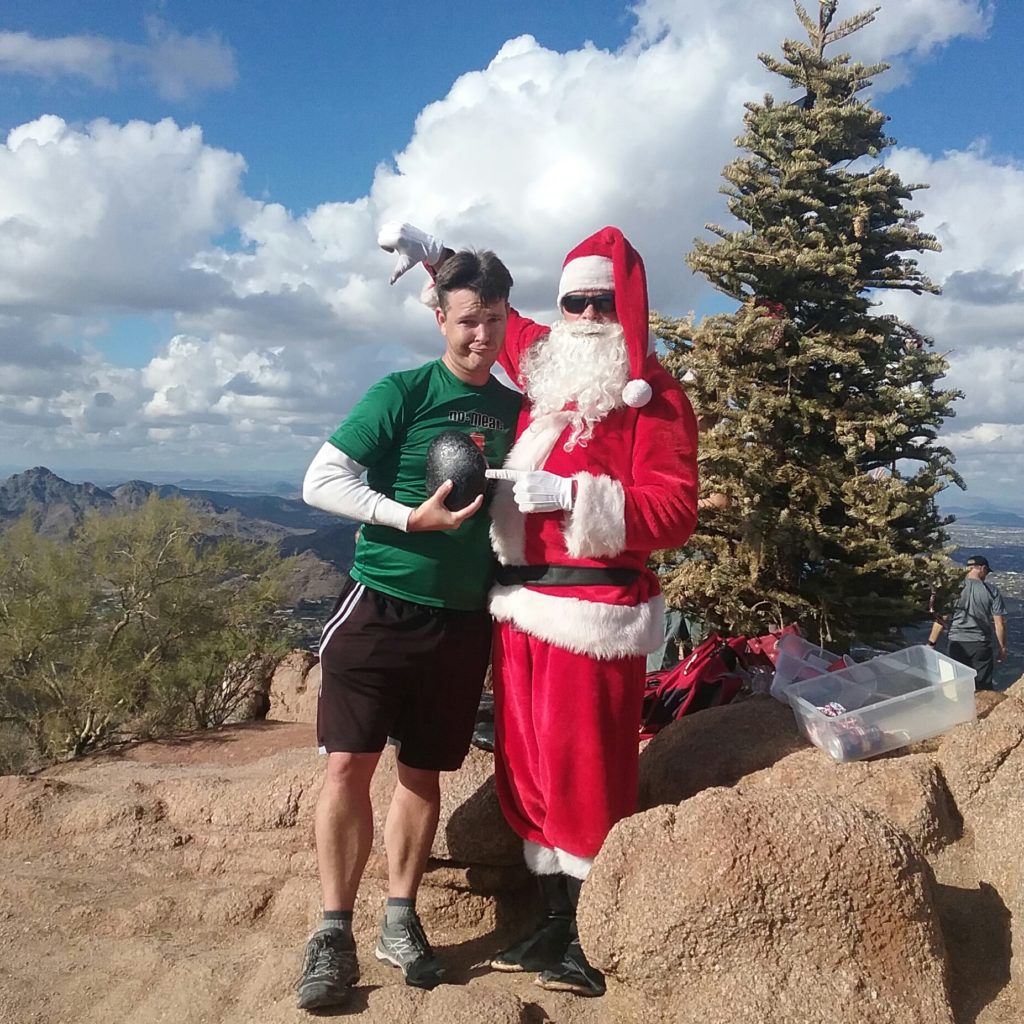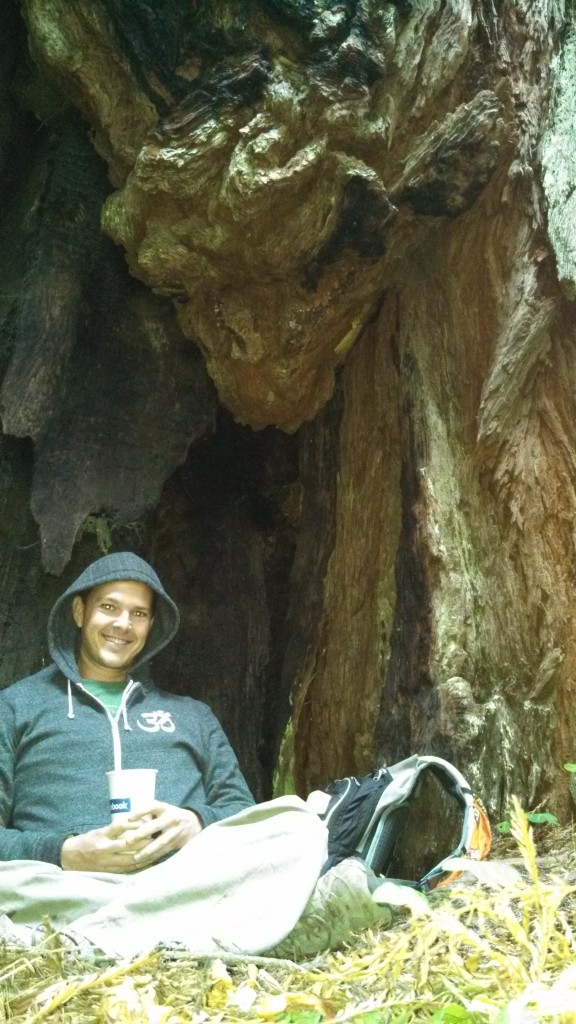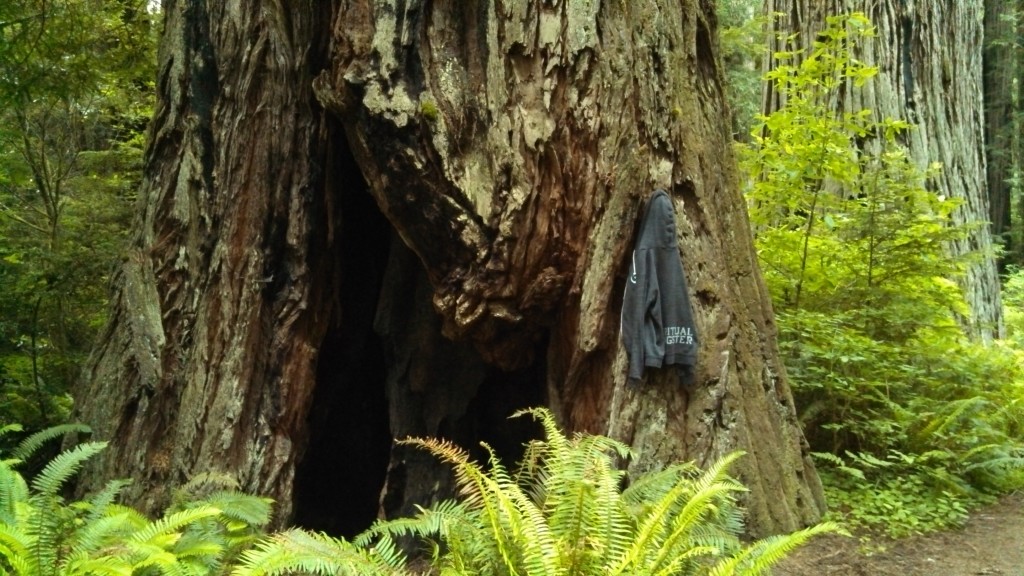Hey minimalists! This blog won’t cost you a dime. Subscribe today.
As I do every year, I spent Christmas morning reading the Sermon on the Mount.
As a non-Christian, the Jesus origin story doesn’t do much for me. But Jesus’ teachings – summarized beautifully in the Sermon – are fantastic.
Truth be told, some of the Sermon gets under my skin. The word Hypocrite is sprinkled throughout the Sermon. The hypocrisy lives on today and it irks me.
This post began in my journal as an airing of grievances against the Hypocrites, but I’m turning the other cheek – and turning the calendar to 2017 – with positivity.
Go F yourself, 2016. Here’s to a dope 2017!
If you’re still stuck in negativity, I totally get it. You might read my post How I’ve Recovered from Trump before continuing.
Still here? Great! This post is about minimalism and a Sermon on the Mount passage that I really love – Matthew 6:19-20.
Jesus was a Sandal-Rockin’ Minimalist
I think it’s fair to say that Jesus was a minimalist. Beard and sandals. Giving unto others. Lack of McMansion in the suburbs of Nazareth.
Dude didn’t even build a megachurch or rent a stadium to deliver his most important message. He just stood up on a hill (a Mount?) and started droppin’ knowledge bombs.
And maybe my favorite knowledge bomb of the Sermon is recapped in Matthew 6:19-20.
“Do not store up treasures here on earth, where moths eat them and rust destroys them, and where thieves break in and steal. Store your treasures in heaven, where moths and rust cannot destroy, and thieves do not break in and steal.”
Wait! If you have trouble with the Heaven word, just stop and breathe. Heaven doesn’t have to refer to the afterlife. Instead, think of it as the when or where or how through which you reach peak spiritual fulfillment.
And the when or where or how is rarely a treasure stored up here on earth. It’s rarely (never?) a material thing.
That’s why, for the most part my treasures are stored up in my own Heaven – in the relationships I’ve built, in the causes I support, and of course the roads that I meander.
As far as I’m concerned, those are all moth-, rust-, and thief-free zones.
OK, So Maybe I’m a Semi-Minimalist…
Admittedly, I have more than a few material things stored up here on Earth.
For example, I’ve got an absurdly American-sized TV and I watch way too much of it during bowl season. Also, I splurged on vanity plates for my Subaru this Christmas. (It may seem a little thing but I resisted the, ummm, vanity of it for years.) 
And I do love the idea of home. A kitchen where I can prepare food. A backyard where I can relax, garden, and host guests. A king sized bed where I can store unfolded laundry.
Hell, I even started a retirement account as part of my adult-ing initiative last year. It’s 100% safe from moths and rust but quite vulnerable to the thieves who prowl Wall Street.
I don’t think having a little bit of money and owning a few things makes me a bad minimalist.
I just ran five Ziploc bags through the dishwasher! I think it’s a minimalist act to simply follow the adage: Use it up. Wear it out. Make it do. Or do without.
That mindset is good for the planet, good for the pocketbook, and good for the soul.
As far as I’m concerned, minimalism isn’t about living out of a backpack or dining out of dumpsters.
Minimalism is about balance.
Minimalism is about Balance … and Gratitude
Living in post-WWII America comes with some pretty sweet financial perks. We are part of the most powerful economic engine in world history.
To enjoy the benefits of minimalism, I don’t have to be a pauper.
I just spend less and appreciate more.
By denying that American urge to have exactly what I want exactly when I want it, I’ve cultivated deeper appreciation for Little Free Libraries, the clearance shelves at Fry’s, free admission days at museums, and the five boxes of girl scout cookies I found at Kings Canyon National Park last year.
I make time for sunsets. I get excited to shower in grimy smalltown YMCAs after days of camping. I attach fond acquisition memories to almost all my material things.
I’ve been incredibly blessed financially, both as a child with hard-working dedicated parents and now as an adult with a rewarding and flexible career.
But for the most part I store up my treasures in relationships, service, and experiences.
To me, that’s Heaven. That’s where God (or Universe or Spirit or Source) resides.
And, to quote JC, “No one can serve two masters. Either you will hate the one and love the other, or you will be devoted to the one and despise the other.
“You cannot serve both God and money.”
Hey minimalists! This blog won’t cost you a dime. Subscribe today.

Coal? WTF Santa?!? Guess I’ll try harder in 2017.

